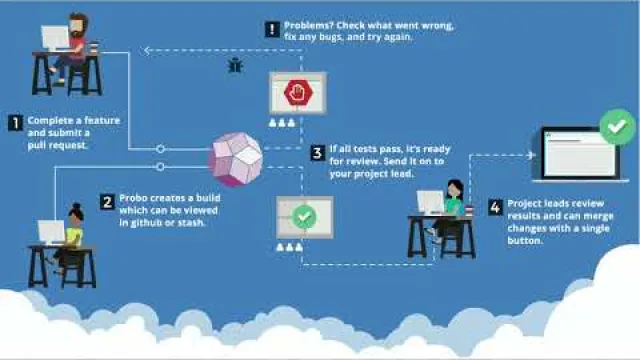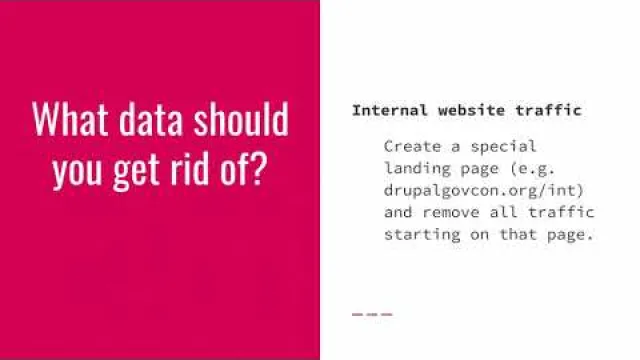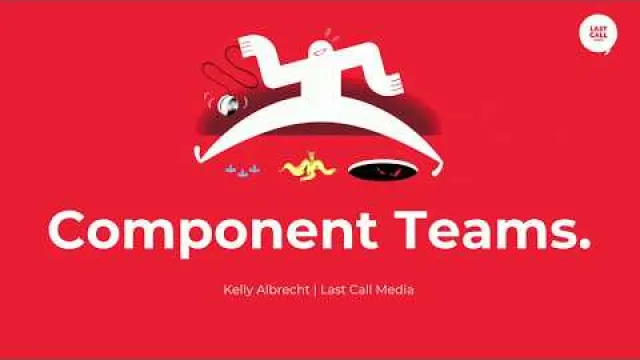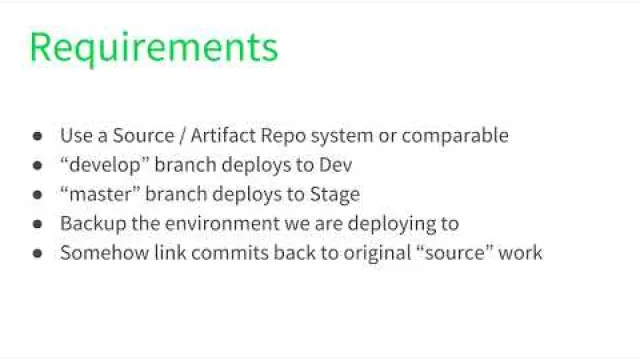Drupal GovCon 2018
Logo

Description
Drupal Europe is Europe's biggest event for 2018 for those who wish to learn, share and connect around the best Drupal-based ambitious digital experiences. Attendees can build their individual schedule based on their interest and expertise (showcases, development, front-end techniques, dev-ops …) or along the industry-focused tracks:
- Government
- Publishing + Media
- E-Commerce
- Higher Education
- Healthcare
- Digital Transformation + Enterprise
- Social + Non-Profit
- Drupal Technology
- Agency Business
- Community
- DevOps + Infrastructure
- Socializing
But Drupal Europe is not just about learning. Foster connections with attendees at social events: put your Drupal knowledge to test at the traditional Trivia Night, learn about award-winning projects that compete again in the European Splash Awards to find the best of the best. Or join one of the social/networking evening events that attendees usually organize themselves and promote via the conference website.
Website
Start Date
Start Date






